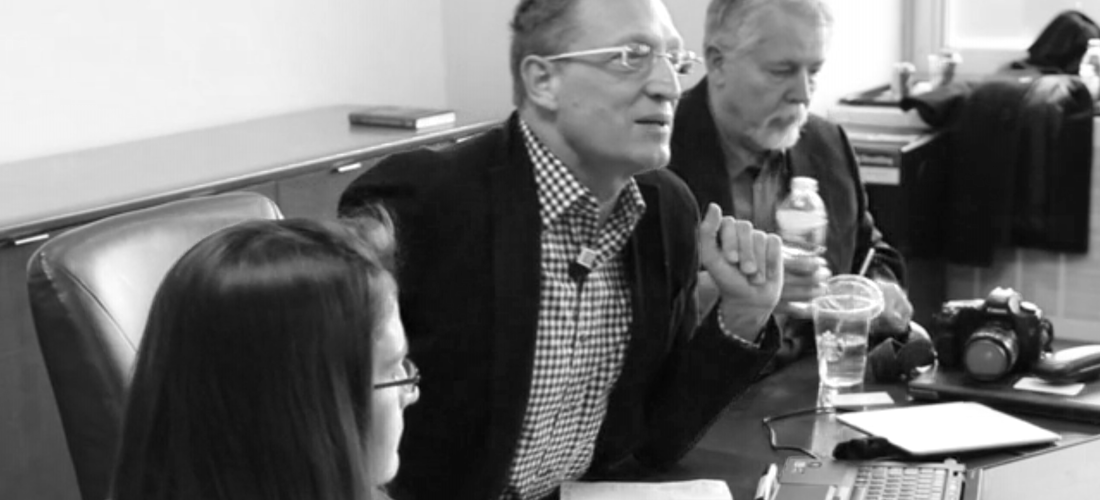Disrupting Retail 2013
In March 2013, we gathered a few folks who might be open to thoughtful exploration of ecommerce, social media and big data and we sat in a room room for a few hours to discuss and debate the implications for the retail industry.
Video 1: What is Disrupting Retail
As a consumer, the hum of marketing has become a roar, the harder each marketer tries to rise above the noise, the greater the collective roar becomes. In this light, marketers have had to resort to ever more intrusive and possibly creepy ways of reaching us. The channels for discovery, purchase and consumption have shifted and continue to move, yet consumers still follow the same purchase decision paths and consumption habits. Retailers and brands are more challenged than ever before – as consumers are increasingly better informed and have higher expectations of marketers and retail operations. We have come far from the old model of retailing, where the merchant had intimate knowledge of customers and products. Automation throughout the system has created distance and with it disenfranchisement. Perhaps the key to re-establishing a true customer intimacy lies in the data that is shared between retailer and consumer.
Video 2: Amazon’s Product Recommender Systems
The path of how retailers have helped customers make better decisions follows four stages. Stage I: The Tastemakers: Buyers and Merchandisers maintained a knowledge of fashion, trend and customer behaviors. Based on that, they selected products from the catwalks and trade shows that they assumed their customers would like and want. Then went about creating that demand. This worked for a long period. Stage II: Think Clicks: Amazon’s model harvested huge amounts of click data, that provided more concrete evidence of what customers wanted and what they actually purchased. Aggregating that data provided the game changing insight that ‘customers who purchased this also purchased that. The rest is history. Stage III: A billion readers cannot be wrong: In 1999 the web was a collection of pages carefully curated by brand and website managers. Web2.0 allowed customers to write back – and Amazon was one of the pioneers of this in retailing, allowing its customers to write back directly onto the product pages, their frank opinions about the products they have purchased. It turns out that customer ratings and reviews have huge bearing on the customer buying decision process. Stage IV: The Social Graph: This is playing out right now – Social Shopping where consumers are sharing their likes and preferences, their aspirations and their try-ons with each other. This is influencing purchasing behaviors, allowing retailers and brands to understand upcoming trends and actually becoming the point of purchase itself.
Video 3: Big Data Enabled Intention Management and the Customer Experience
With all the data mining and personalization currently being talked about, the customer experience is less than perfect. In fact when the marketer gets it wrong, it can be infuriating. How do marketers recognize consumers in their different modes, across different platforms and at different times of day, week or year. What can retailers do, using data or not, to go back to delighting the customer. Anticipating their needs, respecting their privacy and their individuality – or just meeting basic expectations. Are Pinterest and Facebook places where customers express their intent? Do retailers and brands recognize the power of these media and how to engage with customers without intruding or being creepy? Is there a marketplace model due to emerge, where consumers are able to first state their intent or explicit need and the retailers and brands will compete for their attention and custom?
Video 4: Moving from Personal Data to Individual Intention
How will retailers be able to re-establish those traditional values of customer intimacy, relationship and service? With data can these now be done at massive scale, in real time and profitably? How can the data be used constructively without creeping the customer out – to drive and change behaviors? As manufacturers and brands are able to now engage and sell directly, what is the future role of the retailer – where do they add value to avoid compete disintermediation? Is the intention economy ripe to change the game in favor of the consumer? Will marketplaces emerge that will force retailers to compete for the customer on a purchase by purchase basis? Is the room for a buyers agent, and is that the future role of the retailer?

